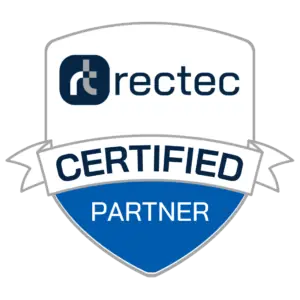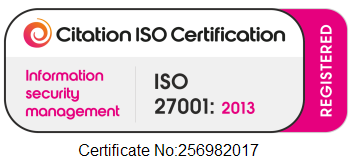Recruiters and HR teams continuously use data to improve their recruitment, and Time to Hire is one of the main KPI’S for a good reason.
Not only does Time to Hire increase cost per hire, but also acceptance rates, percentage of open positions, quality of hire and a multitude of other key metrics.
So, it’s understandable why so many organisations want to improve these figures but of course without jeopardising the quality of hire. That’s why following on from our ‘5 Ways to Reduce Recruitment Costs’ we’re now discussing five ways to reduce the time to hire.
Use an Applicant Tracking System
Automating your processes is a given. An Applicant Tracking System is a one-stop-shop for recruiters, having everything you need to recruit in one place. Saving time by automating tasks like interview scheduling, screening, filtering and more. Not only does it automate essential tasks, but it’s also integrated with other tools like a video interviewing platform, providing no further need to use multiple applications at one time. All while improving the candidate experience, by making for a much smoother application process with easy to access communication channels to keep all parties in the loop.
Build a Talent Pool
Creating a talent pool by having a place to store candidate data that has already been pre-screened previously is a great way to reduce time to hire. This data is filtered and ready to use should you need to recruit again in the future. Saving time by not needing to source candidates, wait for them to apply and filter them when they do. Having an ATS not only automates processes as we said earlier but stores this data within the system and ensures candidates permissions are being met to keep it in line with GDPR. A safer and securer method of recruitment.
Utilise an Employee Referral Program
Having an employee referral scheme is a great way to save time on your recruitment by utilising staff connections. This allows them to source the candidates for you, with an incentive of your choice as the reward, such as a trip, cash, or extra annual leave. A much cheaper option than using an agency that also tends to be higher in quality, easier to retain and a better social fit within the team. A win, win all round.
Use a Multi Poster
When needing to source the ideal candidates, you need to be placed where they are, and with there being thousands of platforms to choose from, they could be anywhere. This requires a lot of leg work to ensure you’re placed across every single one amongst your competitors. Using a multi-job posting software can help you to post your jobs to multiple boards at one time, and then receive and filter the applicants afterwards. Allowing you to recruit quite literally at the touch of a button.
Improve the Candidate Journey
Improving the candidate experience encourages a stronger candidate journey. It’s clear that an ATS is beneficial to this cause, but it’s not the only contributor. The structure and design of your application process has a lot to play. Ensuring each stage is supportive of the screening process with a reasonable completion time is essential. To begin to optimise the process, the candidate should only be spending 5-8 minutes on the initial application. We discuss further how to optimise application processes in our blog post here. Your careers page should also be optimised to return the best results by avoiding candidate drop off. This is where candidates make their first impressions and go to learn about you and your offerings, so make it worth their time. Have unique and engaging content, make it mobile compatible, user friendly and a resourceful place for information. We discuss further how to create an effective careers page here.
Subscribe to our newsletter for more blog posts!




Comments are closed